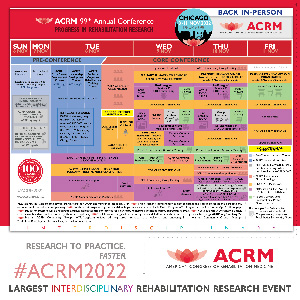Back
Oral Presentation
Technology (e.g. robotics, assistive technology, mHealth)
A Prediction of Fingertip Force and Joint Kinematics of Individual Fingers using Motoneuron Firing Activities
Wednesday, November 9, 2022
10:55 AM – 11:02 AM

Rinku Roy
Postdoc Fellow
North Carolina State University
Chapel Hill, North Carolina, United States
Presenter(s)
Advanced assistive robotic hands can help individuals with hand impairment to perform daily activities. Controlling the individual finger movement, however, remains a challenge. Separate studies have shown that myoelectric signals can be used to predict fingertip forces or joint angles. However, our daily activities consist of both isometric and dynamic tasks. Therefore, it is important to concurrently predict kinematic and kinetic variables related to an individual finger, in order to effectively operate assistive devices. The presentations will focus on how to predict fingertip forces and joint kinematics simultaneously and continuously based upon a populational motoneuron firing frequency based approach.
Learning Objectives:
- Upon completion, participant will be able to learn how to effectively use the robotic hand for patients with hand disabilities.
- Upon completion, participant will be able to learn how surface electromyography (sEMG) can be used to estimate the kinetics and kinematics of an individual finger in a continuous and concurrent manner.
- Upon completion, participant will be able to learn about the neural drive input and how motor unit discharge frequency can be used to predict the finger force and joint angle.

.jpg)
